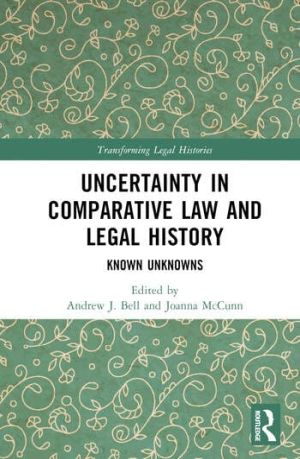
Laws are imposed on facts. But what is the law to do when its rules for establishing facts do not—because they cannot—produce a satisfactory answer? Scenarios that raise this intractable uncertainty problem have been treated as isolated concerns, but are in fact endemic across legal systems. They can cross jurisdictional and doctrinal boundaries, have recurred throughout history, and demand creative thinking from those faced with them. This book explores the law’s understandings of and responses to such situations from a comparative historical perspective. It investigates how the law has framed these most difficult problems of uncertainty; dealt with uncertainty’s often unclear boundaries; and developed a broad range of different responses to solve or avoid it, across doctrine, time and jurisdiction. The work examines a selection of key uncertainty problems across private law as elements of a singular uncertainty issue endemic in legal systems. This analysis will be of interest to historians and comparatists, but also to doctrinal, theoretical and other scholars and practitioners. The analysis leaves us better informed and better equipped for dealing with future scenarios where uncertainty arises, including insights beyond national and doctrinal confines.